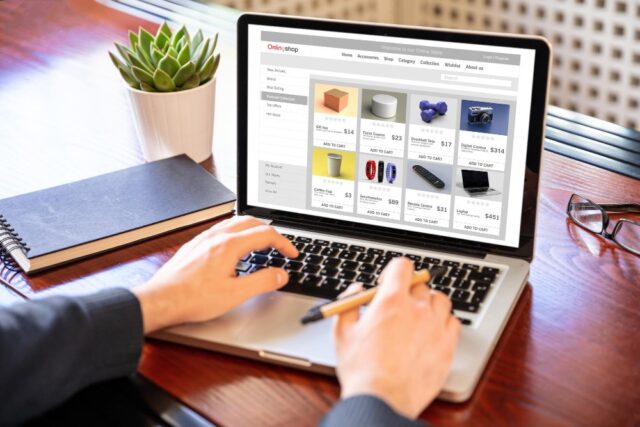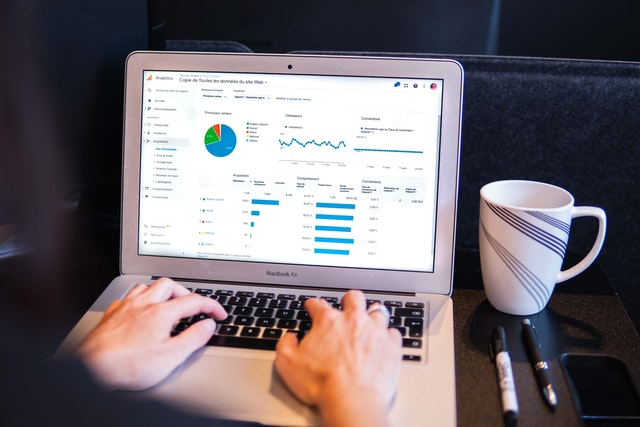Building an e-commerce website on a budget is entirely possible with the right approach and tools. Whether you’re launching a small online store or a larger business, you can create a professional-looking site without breaking the bank. Here’s a step-by-step guide to help you get started.

1. Define Your Business Model and Goals
Before diving into the technical aspects, clarify your business model and goals. Consider the following:
- What products will you sell?
- Who is your target audience?
- What is your budget?
- What features do you need (e.g., payment gateways, shipping options, etc.)?
Having a clear plan will guide your decisions throughout the website-building process.
2. Choose the Right E-commerce Platform
Selecting an appropriate e-commerce platform is crucial. Here are some budget-friendly options:
- Shopify: Offers various pricing plans and is user-friendly for beginners. The basic plan starts at around $39 per month.
- WooCommerce: A free WordPress plugin that transforms your WordPress site into an e-commerce store. You’ll need to pay for web hosting and a domain.
- Big Cartel: Ideal for artists and small businesses, with free plans for up to five products and affordable paid options.
- Wix or Squarespace: Both provide e-commerce capabilities with user-friendly interfaces. Pricing starts at around $23 per month for basic e-commerce features.
3. Select a Domain Name and Hosting Provider
A professional domain name is essential for your brand. Here’s how to choose one:
- Keep it short and memorable.
- Include keywords related to your business.
- Avoid numbers and hyphens.
For hosting, consider affordable providers like:
- Bluehost: Recommended for WordPress, with plans starting around $3.95 per month.
- SiteGround: Known for excellent customer service, with plans starting at approximately $3.99 per month.
- HostGator: Offers budget-friendly plans starting around $2.75 per month.
4. Choose a Template or Theme
Most e-commerce platforms offer pre-designed templates or themes, which can save you money on design costs. Look for themes that are:
- Responsive: Ensure they work well on both desktop and mobile devices.
- Customizable: Allow you to modify colors, fonts, and layouts easily.
- User-friendly: Prioritize templates that are easy to navigate and visually appealing.
Many platforms offer free themes, while premium themes typically range from $30 to $100.
5. Customize Your Website
Once you’ve chosen a template, customize your site to reflect your brand:
- Add your logo: Create a simple logo using free tools like Canva or LogoMaker.
- Choose your color scheme: Use colors that align with your brand identity.
- Create compelling product descriptions: Highlight the features and benefits of your products, and use high-quality images.
6. Set Up Payment and Shipping Options
Integrate payment gateways that suit your business and customers:
- PayPal: Widely used and trusted, easy to set up.
- Stripe: Supports various payment methods and currencies.
- Square: Ideal for businesses with both online and offline sales.
For shipping, consider affordable options like:
- USPS: Competitive rates for small businesses.
- Easyship: Helps you find the best shipping rates and automate processes.
7. Focus on SEO and Content Marketing
To attract organic traffic, optimize your site for search engines:
- Use keywords: Incorporate relevant keywords into product titles, descriptions, and blog posts.
- Create valuable content: Start a blog related to your products or industry to engage customers and improve SEO.
- Optimize images: Use descriptive file names and alt text for images to enhance search visibility.
8. Leverage Social Media for Promotion
Social media can be a cost-effective way to promote your e-commerce store:
- Create accounts: Establish a presence on platforms like Instagram, Facebook, and Pinterest, depending on your target audience.
- Engage with your audience: Share valuable content, run contests, and respond to comments to build a community around your brand.
- Utilize paid ads wisely: If your budget allows, consider targeted ads on platforms like Facebook or Instagram to reach a broader audience.
9. Monitor and Optimize Your Website
Once your site is live, use analytics tools like Google Analytics to track performance:
- Monitor traffic: Identify which sources bring the most visitors.
- Analyze user behavior: Understand how users navigate your site to identify areas for improvement.
- Adjust strategies: Use data to optimize your product offerings, marketing strategies, and user experience.
10. Stay Flexible and Adaptable
As your e-commerce business grows, be open to making adjustments based on customer feedback, sales trends, and market changes. Continually look for cost-effective ways to enhance your site and improve the customer experience.
Conclusion
Building an e-commerce website on a budget is achievable with careful planning and resourcefulness. By selecting the right platform, utilizing affordable tools, and focusing on effective marketing strategies, you can create a successful online store without overspending. Remember to stay adaptable and continually optimize your approach to ensure long-term success.


No responses yet